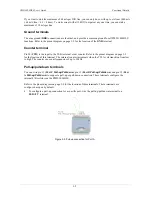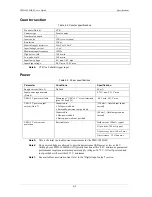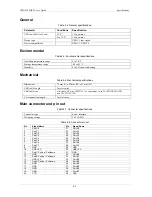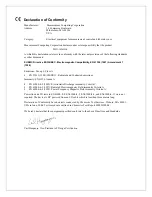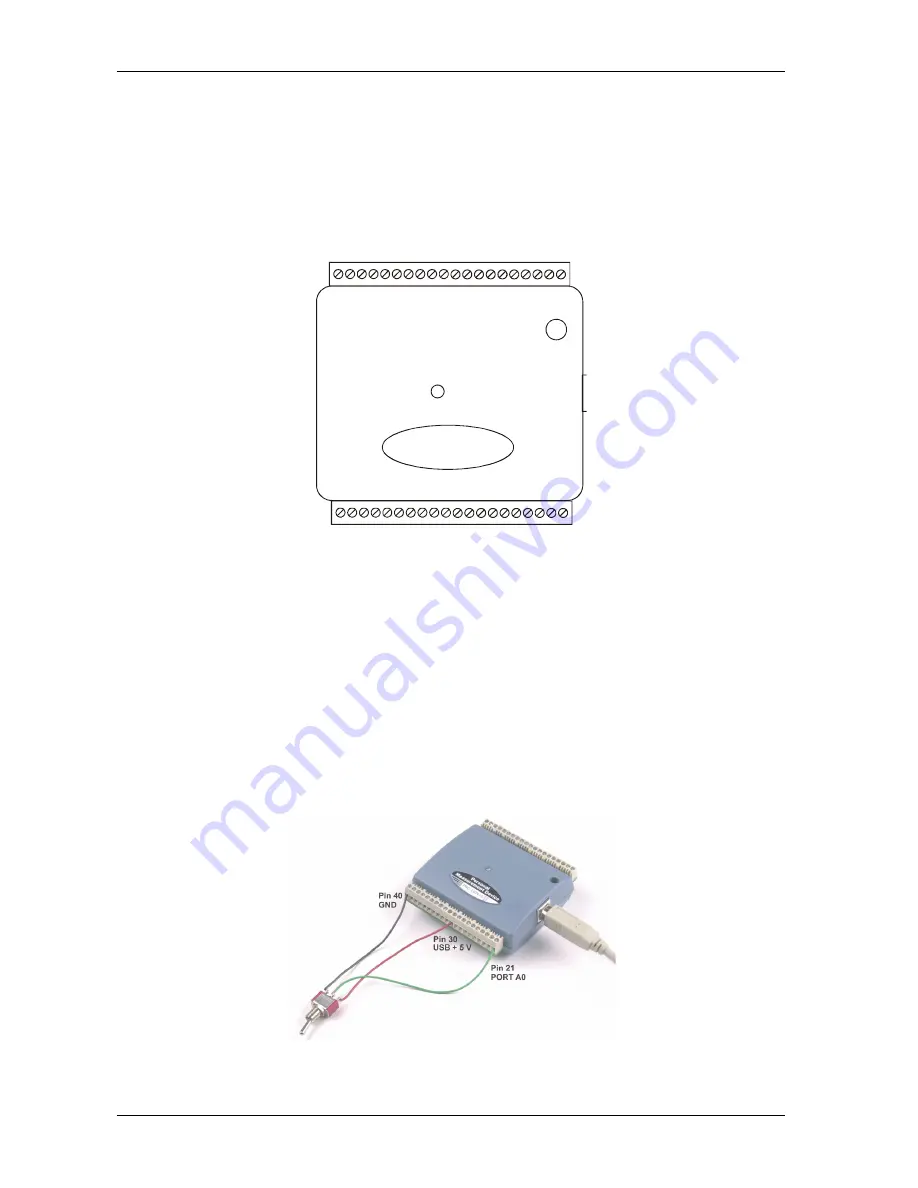
PMD-1024HLS User's Guide
Functional Details
20
C
T
R
19
G
N
D
18
G
N
D
17
G
N
D
16
G
N
D
15
14
U
S
B
+
5
V
13
12
G
N
D
11
P
o
rt
C
Pu
ll-u
p
/
P
u
ll-d
ow
n
10
U
S
B
+
5
V
9G
N
D
8P
o
rt
C
7
Por
t A
P
u
ll-
up
/
Pu
ll-
d
ow
n
P
o
rt
B
P
ul
l-u
p /
Pu
ll-
dow
n
7P
o
rt
C
6
6P
o
rt
C
5
5P
o
rt
C
4
4P
o
rt
C
3
3P
o
rt
C
2
2P
o
rt
C
1
1P
o
rt
C
0
GN
D
4
0
GN
D
3
1
U
SB +
5 V
3
0
GN
D
2
9
Po
rt
A
7
2
8
Po
rt
B
7
3
9
Po
rt
B
6
3
8
Po
rt
B
5
3
7
Po
rt
B
4
3
6
Po
rt
B
3
3
5
Po
rt
B
2
3
4
Po
rt
B
1
3
3
Po
rt
B
0
3
2
Po
rt
A
6
2
7
Po
rt
A
5
2
6
Po
rt
A
4
2
5
Po
rt
A
3
2
4
Po
rt
A
2
2
3
Po
rt
A
1
2
2
Po
rt
A
0
2
1
Digital I/O terminals (Port A0 to A7, Port B0 to B7, Port C0 to C7)
Connect up to 24 digital I/O lines to the screw terminal containing pins 1 to 8 (
Port C0
to
Port C7
), pins
21 to 28 (
Port A0
to
Port A7
), and pins 32 to 39, (
Port B0
to
Port B7
). Refer to the pinout diagram on
page 3-2 for the location of these pins. You can configure each digital port for either input or output.
When configured for input, you can use the PMD-1024HLS digital I/O terminals to detect the state of any
TTL level input. Refer to the switch shown in Figure
and the schematic shown in
. If you
set the switch to the +5 V input, Port A0 reads TRUE (1). If you move the switch to GND, Port A0 reads
FALSE.
3-3
Figure 3-3. Digital connection of Port A0 detecting the state of a switch
Figure 3-4
3-3
Summary of Contents for PMD-1024HLS
Page 1: ......

















